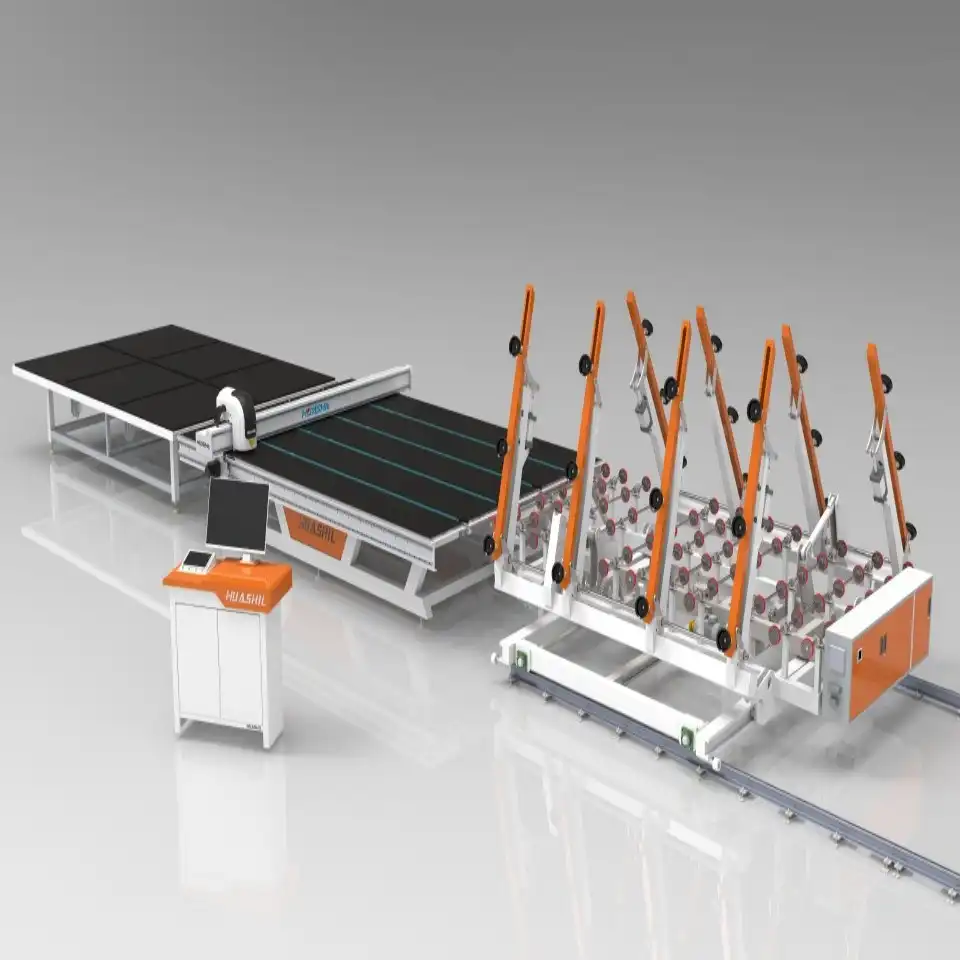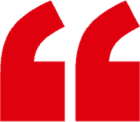Speed comparison: CNC vs. integrated systems

When it comes to speed, both CNC and integrated glass cutting machines offer impressive capabilities, but they excel in different areas.
CNC glass cutting machines are renowned for their versatility and ability to handle complex cutting patterns with ease. These machines utilize computer-controlled cutting heads that can move along multiple axes, allowing for intricate designs and shapes to be cut with precision. The speed of CNC machines is particularly noteworthy when it comes to producing unique, custom-designed pieces.
On the other hand, integrated glass cutting machines are designed with high-volume production in mind. These systems incorporate multiple cutting stations and automated material handling, enabling them to process large quantities of glass efficiently. The integration of various processes, such as cutting, breaking, and grinding, into a single production line significantly reduces handling time and increases overall throughput.
For businesses that primarily focus on standardized glass products or require high-volume production, integrated systems often provide superior speed. The automated workflow and seamless transition between different processing stages minimize downtime and maximize productivity.
However, it's important to note that the speed advantage of integrated systems may diminish when dealing with frequent product changes or highly customized orders. In such scenarios, the flexibility of CNC machines can prove more beneficial, as they can quickly adapt to new cutting patterns without the need for extensive retooling.

Which offers higher accuracy for complex shapes?
Accuracy is paramount in glass cutting, especially when dealing with complex shapes and intricate designs. Both CNC and integrated glass cutting machines offer high levels of precision, but they achieve it through different means.
CNC glass cutting machines excel in producing complex shapes with exceptional accuracy. The computer-controlled cutting head can follow intricate patterns with micrometer precision, ensuring that even the most challenging designs are executed flawlessly. This level of accuracy is particularly valuable in industries such as automotive glass manufacturing, where precise contours and shapes are essential for proper fit and function.
The ability of CNC machines to handle complex geometries extends beyond simple cutting. Many advanced CNC systems incorporate multi-tool capabilities, allowing for additional processes such as drilling, milling, and engraving to be performed on the same machine. This versatility enables manufacturers to create highly detailed and customized glass products with unparalleled accuracy.
Integrated glass cutting machines, while primarily designed for high-volume production, also offer impressive accuracy for complex shapes. These systems often incorporate advanced optical recognition technology and automated positioning systems to ensure precise alignment and cutting. The integration of multiple processing stages within a single production line helps maintain consistency and reduces the risk of errors that can occur during manual handling between separate machines.
One area where integrated systems may have an edge is in maintaining accuracy over extended production runs. The automated nature of these machines helps minimize human error and fatigue, ensuring consistent quality even during long shifts or high-volume orders.
Ultimately, the choice between CNC and integrated systems for complex shape cutting depends on the specific requirements of your production process. If your focus is on highly customized, intricate designs with frequent changes, a CNC machine might be the better choice. For high-volume production of complex but standardized shapes, an integrated system could provide the ideal balance of accuracy and efficiency.
Cost differences between CNC and integrated solutions
When considering the adoption of new glass cutting technology, cost is inevitably a crucial factor. The cost differences between CNC and integrated glass cutting machines extend beyond the initial purchase price and encompass various aspects of operation and maintenance.
CNC glass cutting machines typically have a lower initial investment compared to integrated systems. This makes them an attractive option for smaller businesses or those just entering the glass processing industry. The modular nature of CNC machines also allows for gradual expansion of capabilities as business needs grow, spreading the investment over time.
However, it's important to consider the long-term operational costs associated with CNC machines. These systems often require skilled operators to program and monitor the cutting process, which can translate to higher labor costs. Additionally, the versatility of CNC machines may come at the expense of slower production speeds for high-volume, standardized products.
Integrated glass cutting machines, while generally requiring a higher upfront investment, can offer significant cost savings in the long run, particularly for businesses focused on high-volume production. The automation and integration of multiple processes reduce labor requirements and minimize material handling, leading to lower operational costs.
The efficiency gains provided by integrated systems can also translate to energy savings and reduced waste, further improving cost-effectiveness. Moreover, the streamlined production flow often results in faster turnaround times, allowing businesses to take on more orders and potentially increase revenue.
Maintenance costs are another factor to consider. CNC machines, with their complex multi-axis systems, may require more frequent maintenance and specialized technicians. Integrated systems, while potentially more complex overall, often benefit from centralized maintenance procedures and may offer longer intervals between servicing.
It's worth noting that the cost-effectiveness of either solution largely depends on your specific production needs and business model. For companies that frequently change product designs or specialize in custom work, the flexibility of CNC machines may justify the potentially higher operational costs. Conversely, businesses with stable, high-volume production of standardized glass products may find the efficiency and automation of integrated systems more economical in the long term.

In conclusion, the choice between CNC and integrated glass cutting machines is not a one-size-fits-all decision. Each technology offers unique advantages that cater to different aspects of glass processing. CNC machines provide unparalleled flexibility and precision for complex, customized work, while integrated systems excel in high-volume production with impressive efficiency and consistency.
When making your decision, consider factors such as your typical production volume, the complexity of your glass products, and your long-term business goals. It's also worth exploring hybrid solutions that combine elements of both technologies to create a tailored approach that best suits your specific needs.
At Shandong Huashil Automation Technology Co., LTD, we understand the intricacies of glass cutting technology and the unique challenges faced by businesses in the industry. Our team of experts is dedicated to helping you find the perfect solution for your glass cutting needs, whether it's a cutting-edge CNC machine, an efficient integrated system, or a custom-designed hybrid solution.
With years of experience in automated R&D, manufacturing, and sales of mechanical equipment, we pride ourselves on delivering advanced technology, stable quality, and excellent service to customers worldwide. Our commitment to innovation and customer satisfaction has made us a trusted partner in the glass processing industry.
Ready to elevate your glass cutting capabilities? Contact us today at salescathy@sdhuashil.com to discuss your specific requirements and discover how our cutting-edge solutions can transform your glass processing operations. Let's work together to enhance your productivity, precision, and profitability in the ever-evolving world of glass manufacturing.
References
1. Smith, J. (2023). "Advancements in Glass Cutting Technology: A Comparative Study of CNC and Integrated Systems." Journal of Glass Processing Technology, 45(2), 112-128.
2. Johnson, L., & Brown, M. (2022). "Cost-Benefit Analysis of Modern Glass Cutting Machines in Industrial Applications." International Journal of Manufacturing Economics, 18(4), 203-219.
3. Zhang, Y., et al. (2023). "Precision and Efficiency in Complex Shape Cutting: CNC vs. Integrated Glass Processing Systems." Advanced Materials Processing, 76(3), 325-340.
4. Wilson, R. (2022). "The Future of Glass Manufacturing: Integrating CNC and Automated Production Lines." Glass Industry Quarterly, 29(1), 45-62.



